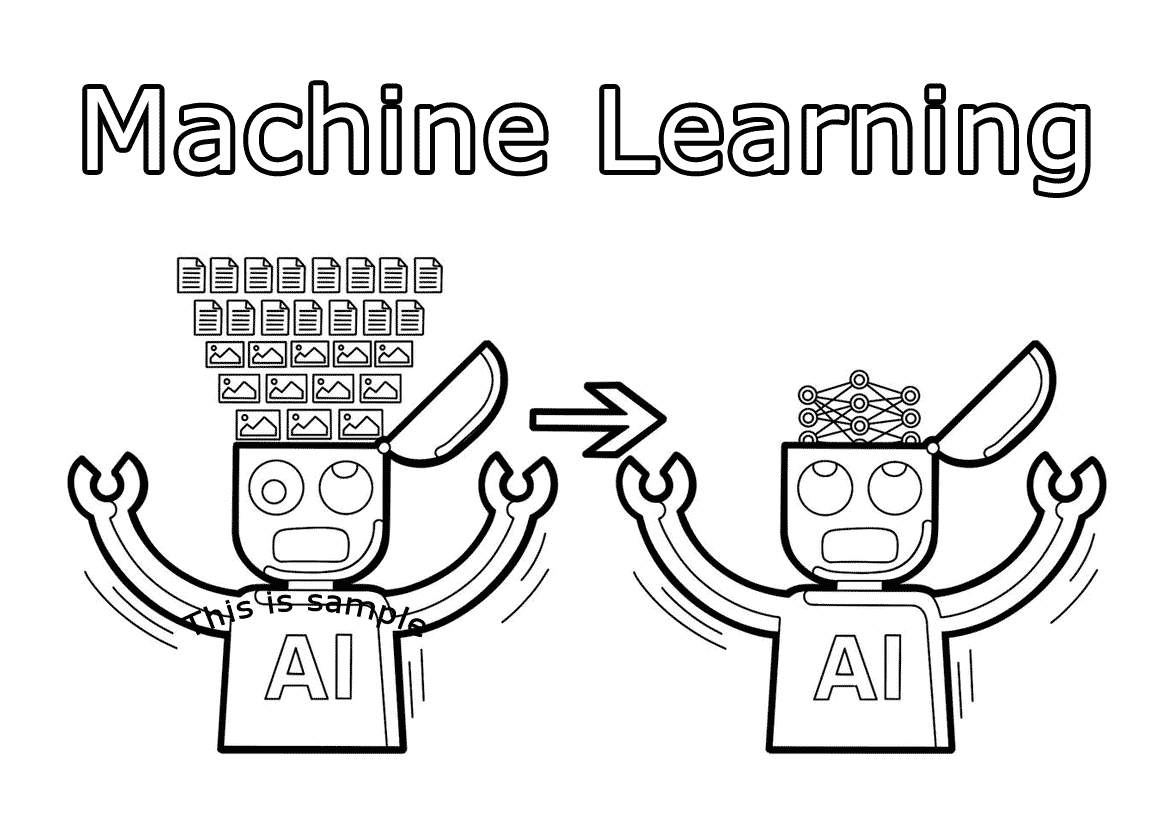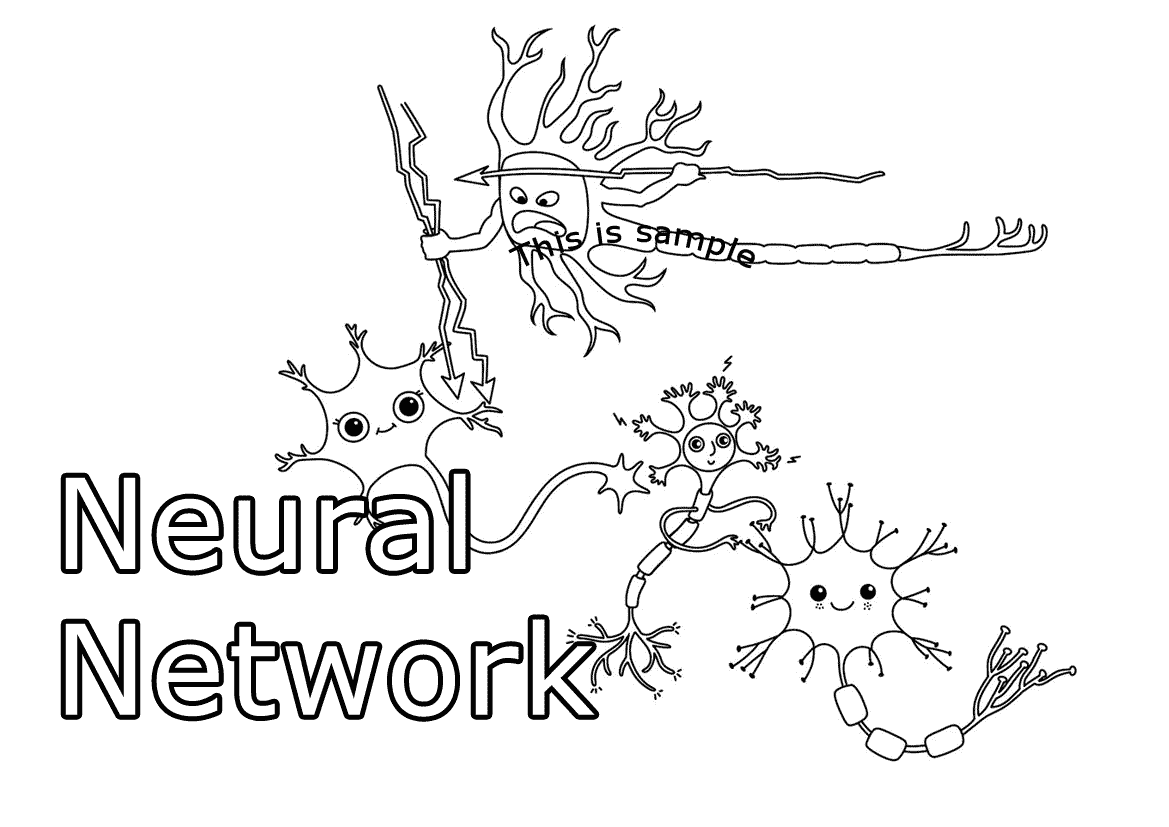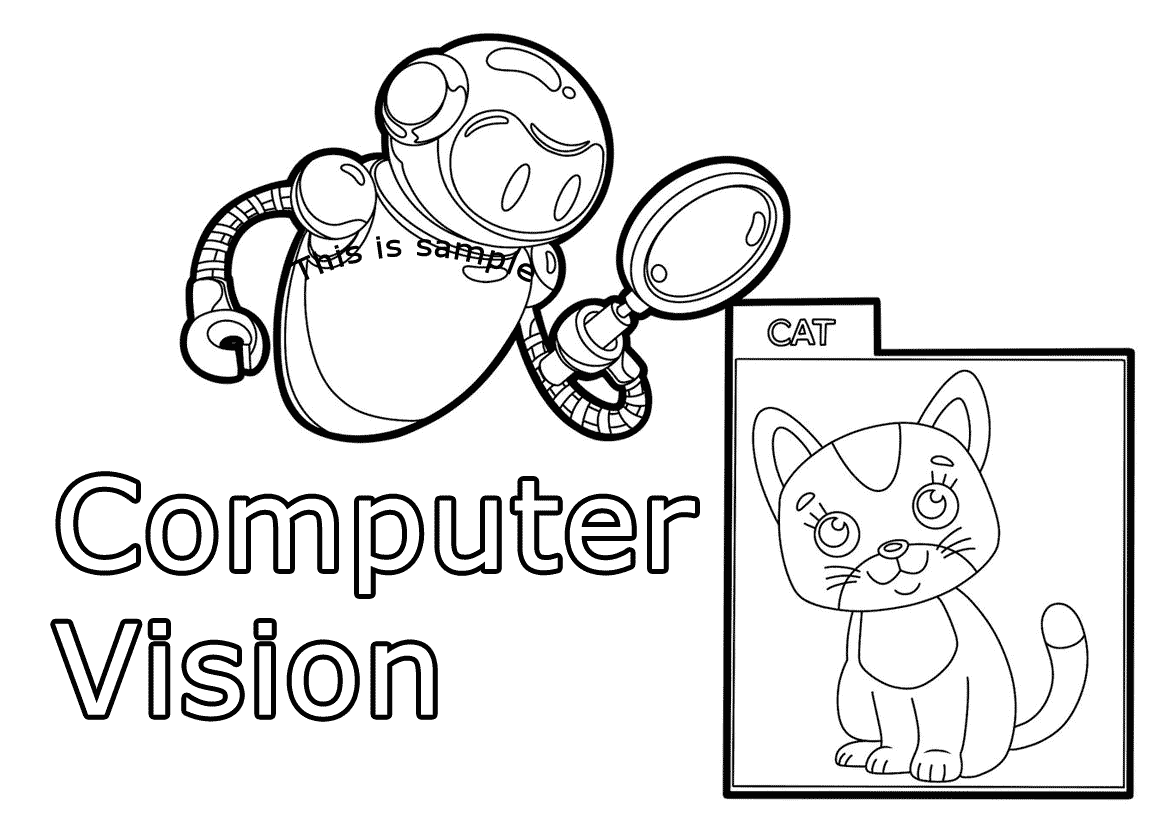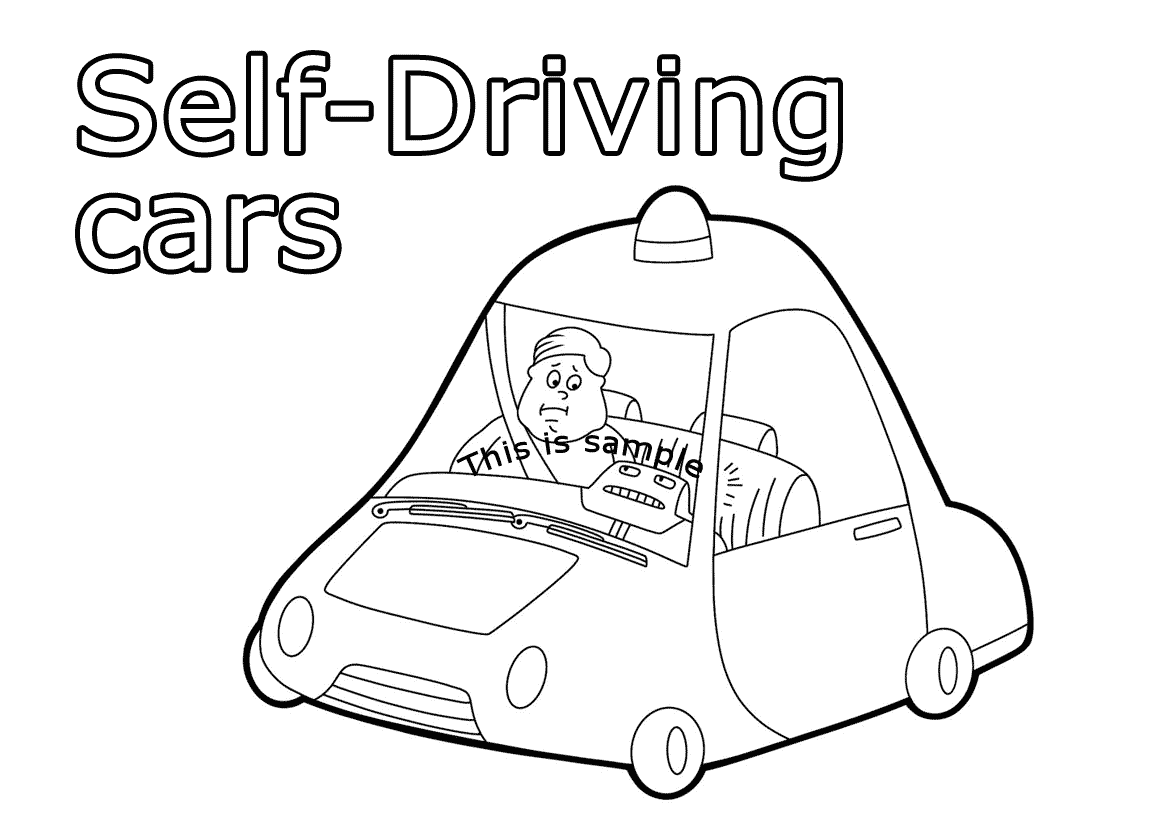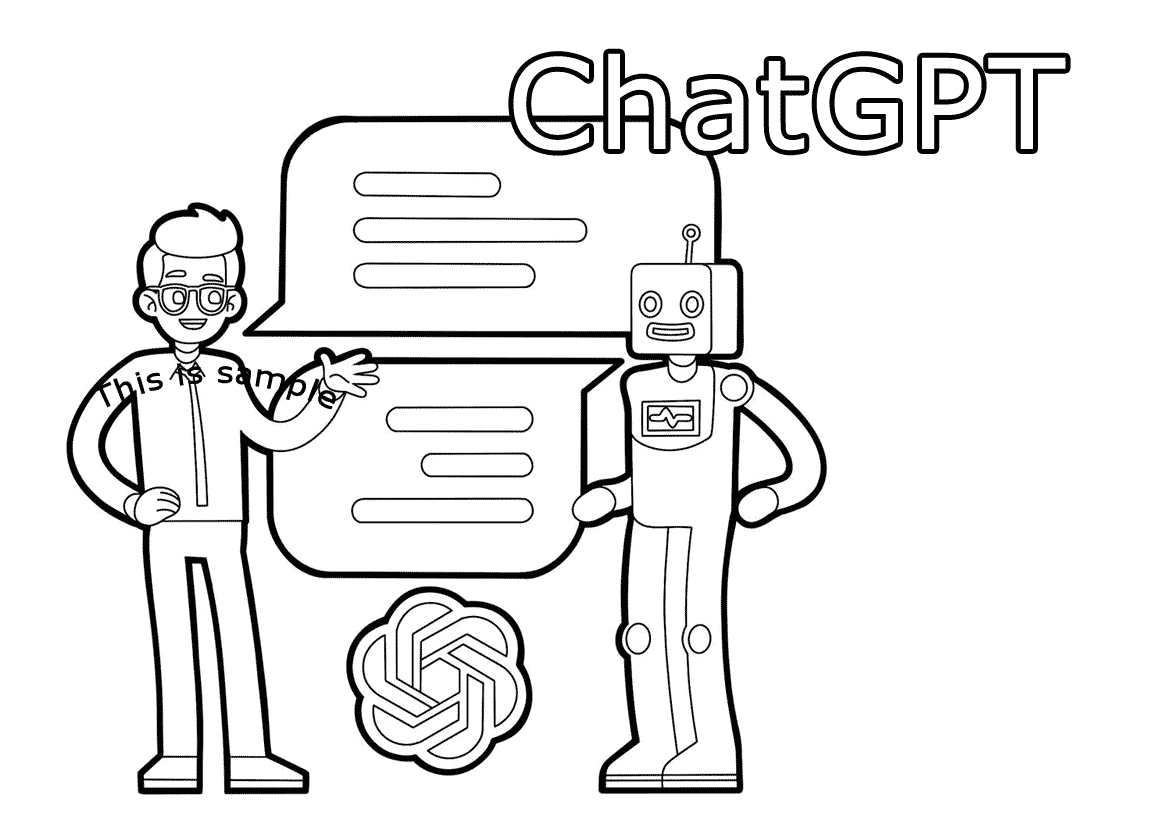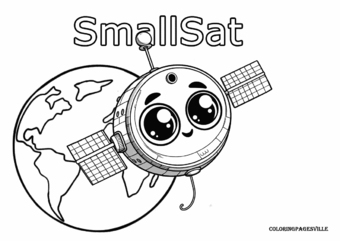Machine learning is the process of training a computer on a large number of examples. This is typically how a computer learns to perform human-like tasks, such as recognizing cats in photos. While a human child can recognize a cat from the first time (regardless of the cat's color or size), a computer needs millions of cat photos to learn to recognize one. Machine learning creates in the computer's memory a virtual neural network, consisting of millions of interconnected neurons (like shown on this coloring page). With each new photo, each of these neurons slightly changes its connections to match the cat. Thus some neurons learn to recognize cat's tail or whiskers or ears. And so, gradually, working all together they start to recognize cats in pictures. Although looking through a million photos seems very time-consuming, in reality, for a good computer, it only takes a second.
Add comment

